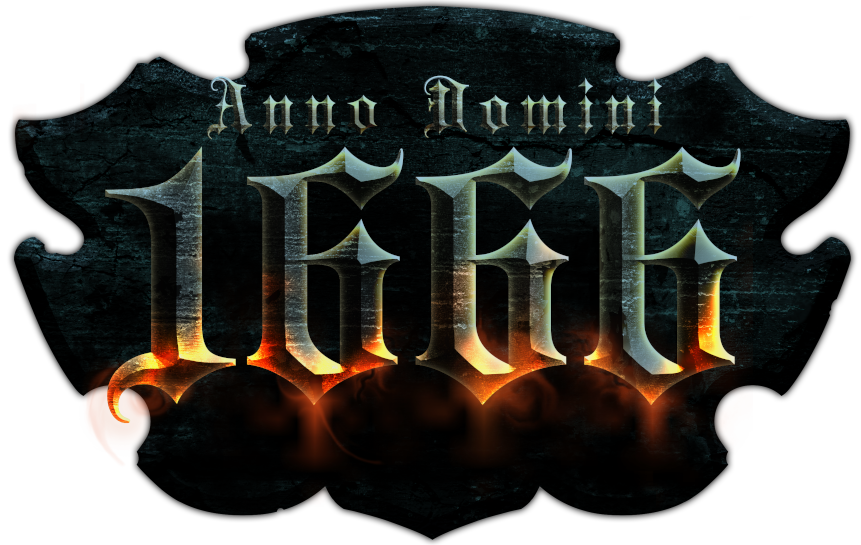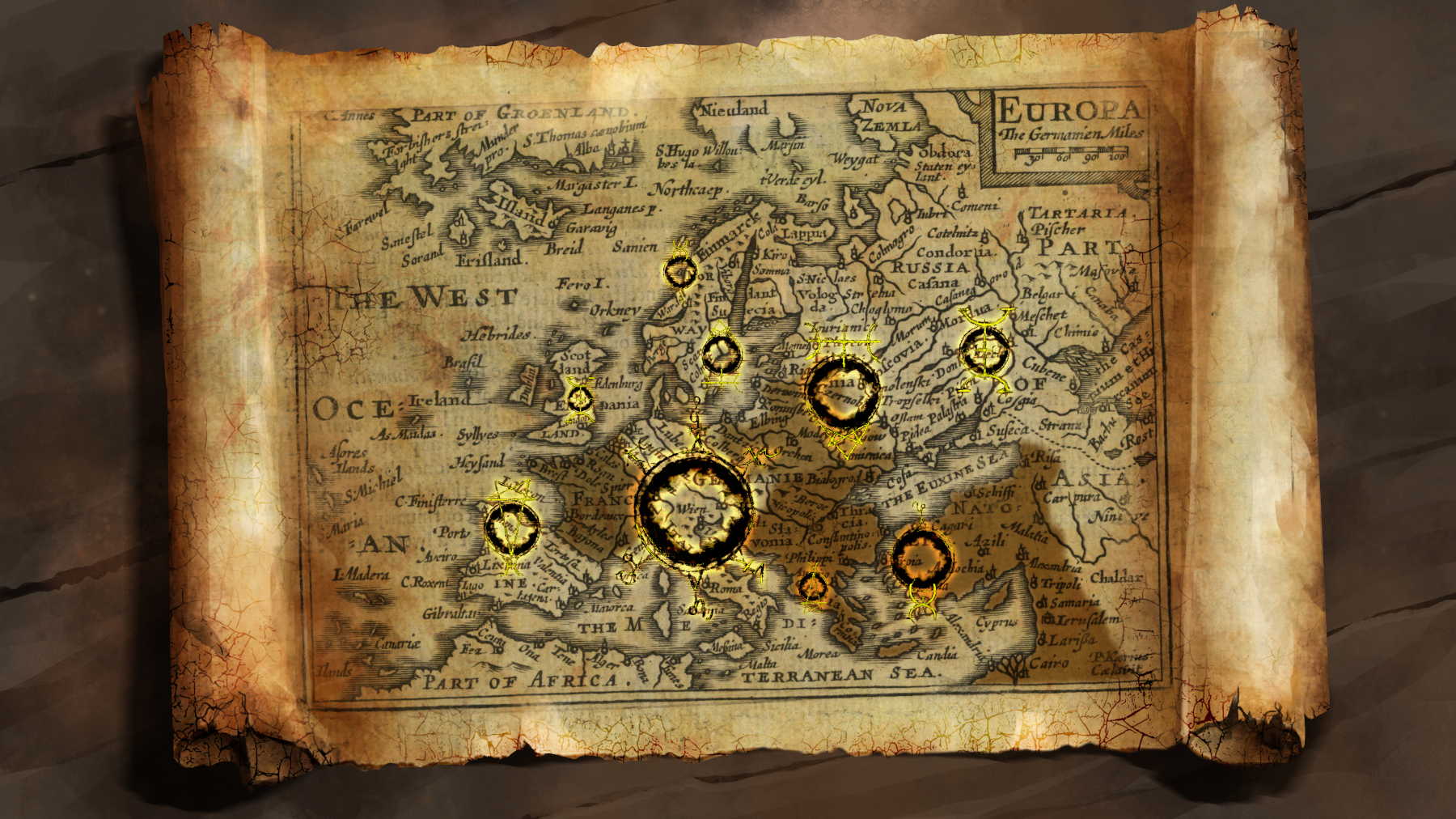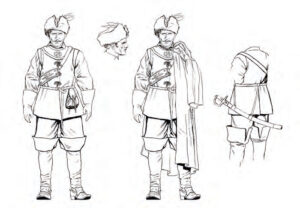Anno Domini 1655, weakened by the Cossack uprising and the war with Russia, the Polish-Lithuanian Commonwealth was invaded by the Kingdom of Sweden. Charles Gustav, the Swedish king, had previously allied with Transylvania, Brandenburg, and a significant part of the Polish and Lithuanian nobility (including Janusz Radziwiłł).
Sweden managed to occupy most of the Polish-Lithuanian Commonwealth, plundering it almost completely (this conflict is considered the most devastating for Poland until World War II). However, at the beginning of 1656, the Poles began effective guerrilla operations and gradually expelled the Swedes from the country. Ultimately, in 1660, after the death of Charles Gustav, peace was signed in Oliwa.
In the alternate reality of Anno Domini 1666, the Swedish Deluge unfolded just as it did in our history, with one crucial difference. Charles Gustav did not die in 1660. He fell gravely ill, which allowed for the signing of a five-year truce in Oliwa, and recovered. Furious upon hearing of the agreement with the Polish-Lithuanian Commonwealth, he began preparing for another campaign as the truce expires in 1666.
It is also worth mentioning that our reality deviates from Sienkiewicz’s vision. Particularly significant is the role of Kmicic, who remained loyal to the Radziwiłłs until the end.




